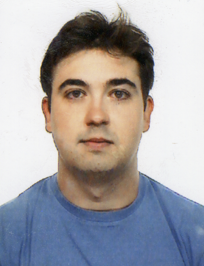Dear Colleagues,
Wavelet Entropy (WE) is a novel tool with the ability to analyze transient features of non-stationary signals. This metric combines wavelet decomposition and entropy to estimate the degree of order/disorder of a signal with a high time-frequency resolution. Initially, Shannon entropy was proposed to quantify the energy distribution in wavelet sub-bands, the metric defined in this way being applied to a wide variety of different scenarios. Special interest has shown WE’s application to physiological signals, such as electrocardiograms, electroencephalograms, intracranial pressure recordings or evoked related potentials, in which it is able to reveal clinically useful information, e.g., in the prevention of cardiac diseases or the detection of driving fatigue. A similar attention has also initiated WE’s use in forecasting faults and dangers in modern power systems and detecting machinery vibration. Moreover, several studies have also shown the superiority of WE in analyzing the variability and complexity of climate processes compared with traditional methods. Finally, it is worth noting that WE-based analysis of electromechanical noise has recently gained an increasing interest regarding remote corrosion monitoring in industrial applications.
However, Shannon entropy can present difficulties, such as wavelet aliasing and energy leakage, in the processing of some non-stationary signals. Thus, recent studies have proposed various alternatives to compute this metric. Novel indices such as Relative WE, Wavelet Singular Entropy, Wavelet Tsallis Entropy and Wavelet Sample Entropy, amongst others, can be found in the literature. Within this context, this special issue aims to provide a forum for contributions on these new ways of computing WE and the most recent advances in its application to every scenario in which useful information can be obtained.
Prof. Dr. Raúl Alcaraz Martínez
Guest Editor
For more information visit: http://www.mdpi.com/journal/entropy/special_issues/wavelet-entropy
